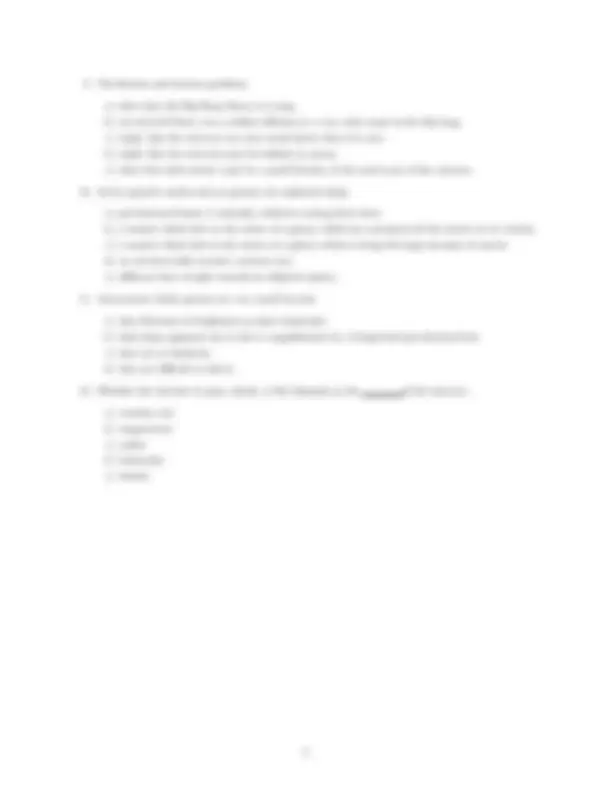



Study with the several resources on Docsity

Earn points by helping other students or get them with a premium plan


Prepare for your exams
Study with the several resources on Docsity

Earn points to download
Earn points by helping other students or get them with a premium plan
Community
Ask the community for help and clear up your study doubts
Discover the best universities in your country according to Docsity users
Free resources
Download our free guides on studying techniques, anxiety management strategies, and thesis advice from Docsity tutors
The spring 2008 astronomy ii (astr 1020) homework #6 for professor richard ignace's class. The homework consists of various astronomy-related questions, including olbers' paradox, the cosmological principle, quasars, the principle of equivalence, gravitational redshift, and the microwave background radiation. Students are required to answer each question using a scantron and submit it at the beginning of class on april 15.
Typology: Assignments
1 / 3

This page cannot be seen from the preview
Don't miss anything!


Astronomy II (Astr 1020) Spring 2008 Prof Richard Ignace
Notes:
You will need a calculator, a pencil, and a standard scantron.
Each question has one correct answer. Choose the best answer for each. Mark your answer on the scantron.
This homework is due at the beginning of class on April 15. Late homeworks will not be accepted.
a) Before inflation, there was an epoch in which all four forces were combined into one. b) The Microwave Background Radiation has a temperature equivalent to that of a perfect radiator (“black body”) of 3 K temperature. c) Gravitational attraction and accelerated motion are equivalent. d) Light can be described both as a particle and as a wave. e) After inflation, our Universe evolved into a flat geometry.
a) The existence of black holes. b) The isotropy of our Universe. c) The primordial abundances of H and He. d) The formation of elliptical galaxies.
1 − v^2 /c^2 , where c is the speed of light, and v is the rocket speed. Determine the difference in these clock rates, 1 − Γ. (This means when 1 second passes on your watch, some fraction of a second Γ will pass on your friend’s watch. Find the difference between the two values.) a) 6. 72 × 10 −^10 seconds b) 1. 34 × 10 −^9 seconds c) 0.99999 seconds d) 0.5 seconds